‘Astounding’: Elizabeth line hits 100m passengers eight months after opening

A landmark 100 million journeys have been made on the Elizabeth line, little more than eight months since it opened.
Transport for London said the milestone was reached on Wednesday morning, in the latest sign of how passengers have flocked to the £20bn line since last May.
The “Lizzie line” is now carrying about 600,000 passengers on weekdays and more than three million a week, well in excess of the two million that were expected. It is the single busiest rail line in the UK.
Transport Minister Richard Holden said: “100 million journeys in less than a year is absolutely astounding.”
Mayor Sadiq Khan said: “Londoners are absolutely loving the Elizabeth Line.”
The line was unaffected by Wednesday’s train drivers’ strike, which brought London commuter routes on Southern, Thameslink and Southeastern to a standstill. The Tube and London Overground were also unaffected by the latest walkout by Aslef members at 14 train firms.
The Elizabeth line’s fares income for the current financial year is about £50m higher than anticipated and Transport for London expects it to break even on a day-to-day basis by the end of the next financial year.
Londoners are absolutely loving the Elizabeth Line 💜
The transformational new railway has clocked more than 100,000,000 passenger journeys in the 8 months since it opened.
It’s amazing to see the positive impact it’s having on our city and transport network. pic.twitter.com/TgofXKQ0pJ— Mayor of London, Sadiq Khan (@MayorofLondon) February 1, 2023
TfL commissioner Andy Lord, who was announcing the 100m figure to the TfL board on Wednesday morning, told the Standard: “For the Elizabeth line to break even within 18 months to two years from opening would be an incredible achievement.
“If every major infrastructure project could manage that we would be doing a lot more of them.”
He attributed the line’s popularity to the way it had “almost changed the geography of London and the South East” by offering direct journeys between Essex, Berkshire and central London.
Other factors were the launch of seven-day operations, longer opening hours and the start of “through running” of trains between Abbey Wood and Heathrow airport in November.
The belated opening of Bond Street station – which was not ready until October, but which doubled the access to Oxford Street – was also a factor.
Tottenham Court Road is the busiest station on the line. The busiest section is between Stratford and Tottenham Court Road.
Tottenham Court Road is now used by more TfL passengers than Waterloo and Liverpool Street stations.
Rail passengers can easily change to and from the line at Stratford – and avoid having to use the Central line to reach or return from the West End.
However, Mr Lord said there was little evidence of the Elizabeth line having “cannibalised” Tube passengers – meaning it has encouraged new journeys or attracted customers from the mainline railways.
The line remained open overnight on December 31 to help New Year revellers get home. There are no plans “as yet” to open the line through the night at weekends.
Peak hour frequencies in central London will increase to 24 trains an hour when the final stage of the line’s opening happens on May 21.
This will see trains running “end to end”, between Shenfield and Heathrow, and Reading and Abbey Wood, and will eradicate much of the seven-minute delay suffered by some eastbound services outside Paddington.
Crossrail Project: Elizabeth Line - In pictures

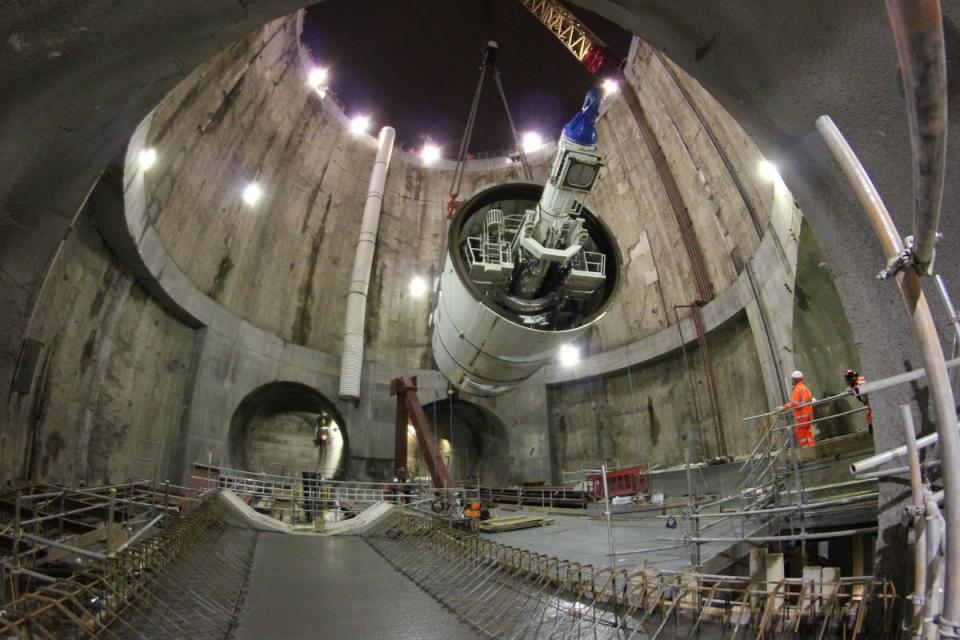


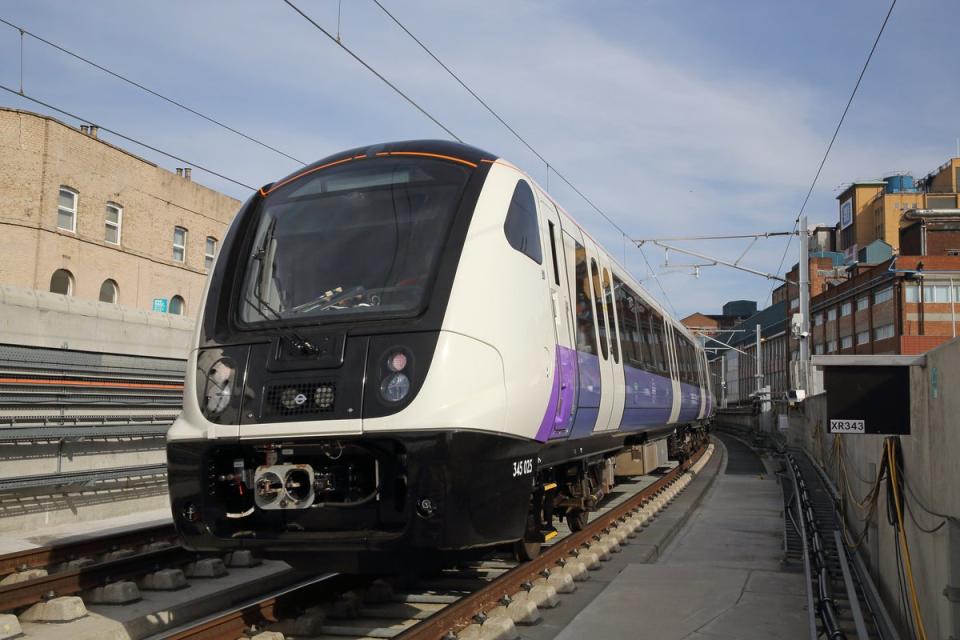

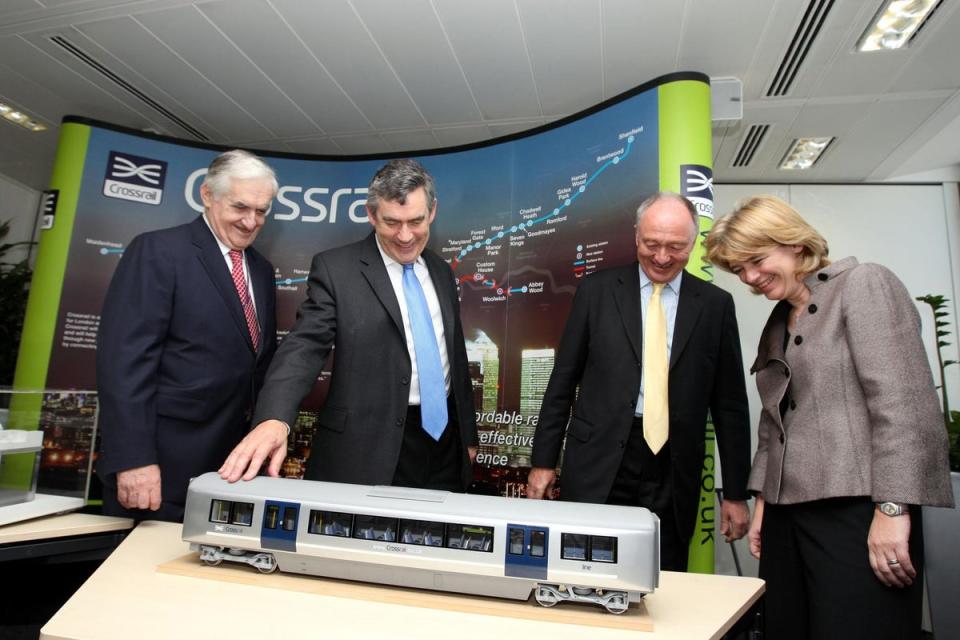
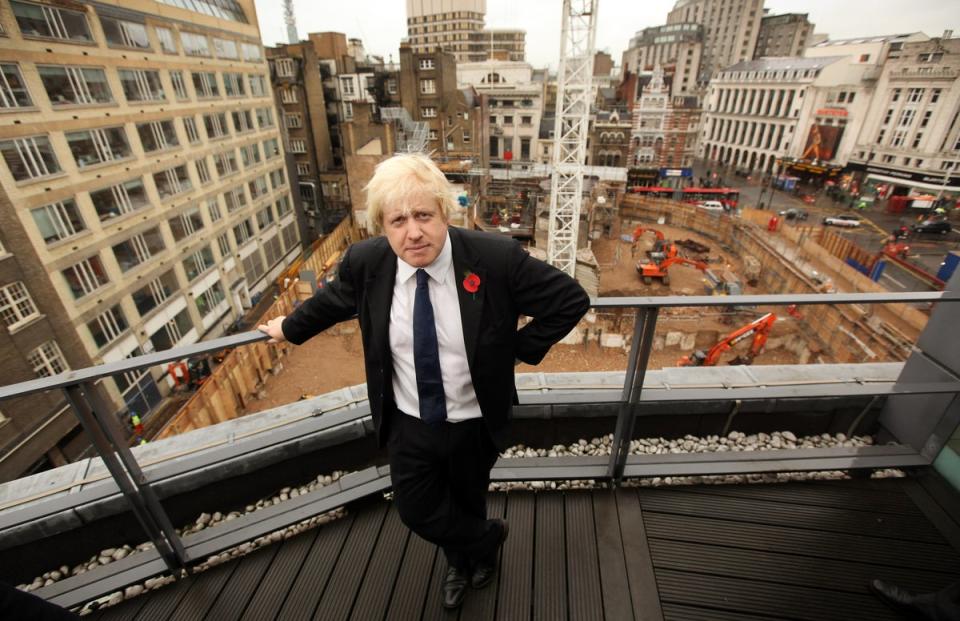
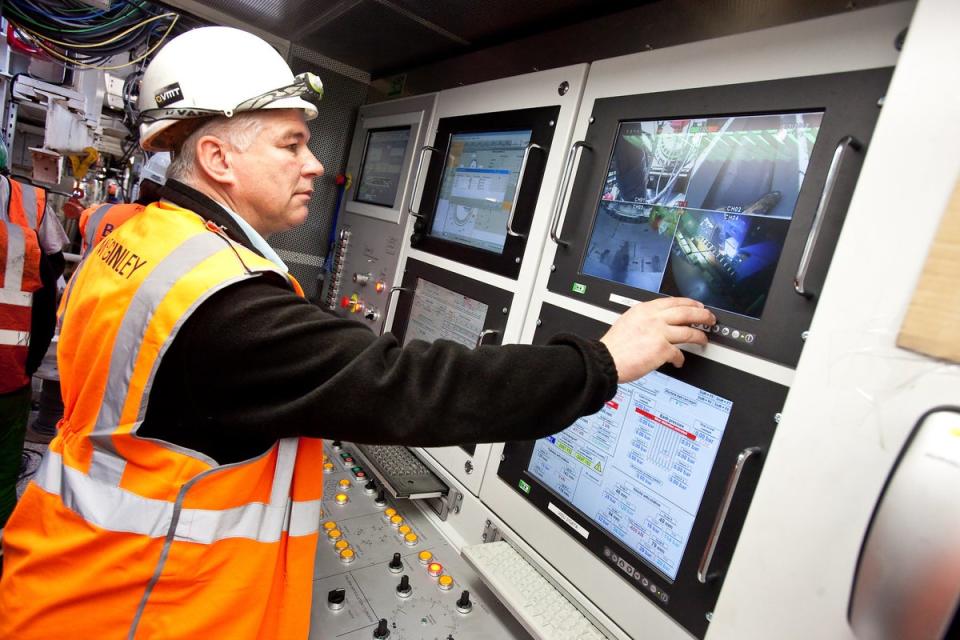

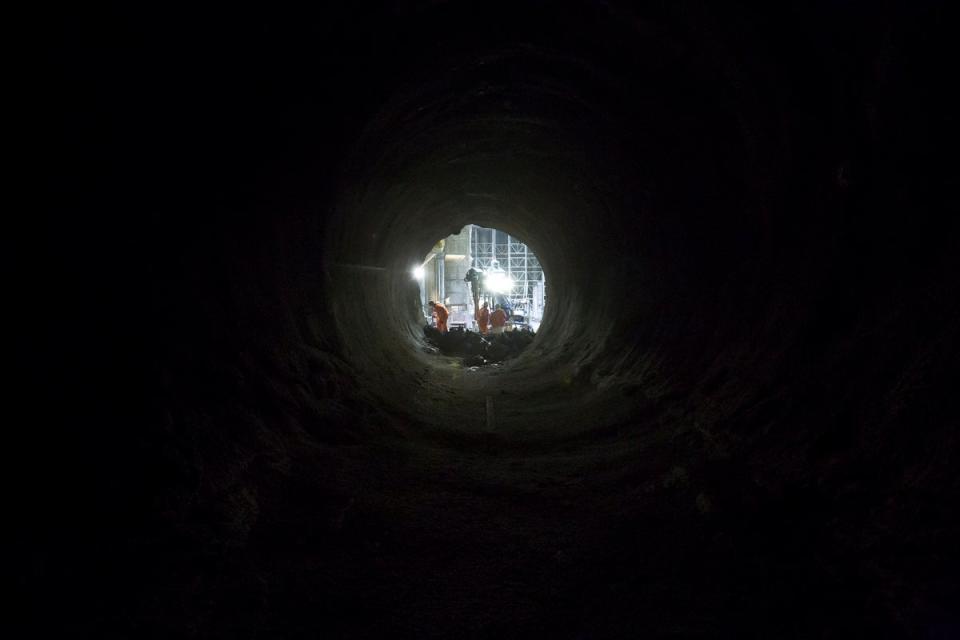
The line, which was known as Crossrail during its construction, opened about three-and-a-half years late and about £4bn over budget due to construction difficulties and problems integrating the £1bn fleet of trains with the three signalling systems.
The TfL board was told on Wednesday that passenger numbers on all TfL services had reached an average of 84 per cent of pre-pandemic levels.
This includes 81 per cent on the Tube – though weekend passenger numbers are virtually back to “normal” – and 92 per cent ridership on the Overground.
TfL’s total fares income is £800m higher than at the same point last year, and £470m lower than pre-pandemic.


